Learning about Sea Turtle Conservation with Kids
If there is something that has defined my life it’s Sea Turtle Conservation. Twenty years ago this June I headed off to work with a Sea Turtle rescue centre acting as everything from education officer to maintenance, driver, secretary, and veterinary nurse. It was those weeks that put me on a path that hyper focused me and made me strive for what I wanted to do. I was 19 at the time and from that moment and for the next 8 years everything was focused on working with Sea Turtles in the wild. I did – in fact for the last 3 years before I met my husband I worked as a marine biologist on a Sea Turtle Project in Costa Rica. So Sea Turtle Conservation is a passion of mine and it gives me great joy to join in with Storybook Science by Trisha over at Inspiration Laboratories this year with suggestions of activities, crafts, and resources that you can do with your children at home to learn about Sea Turtle Conservation with your children.
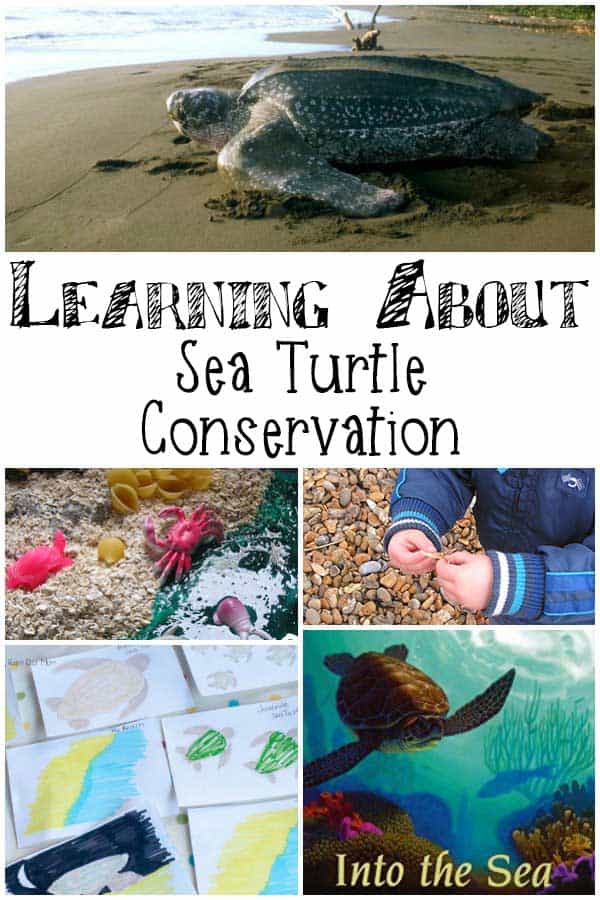
More Hands-on Marine Activities
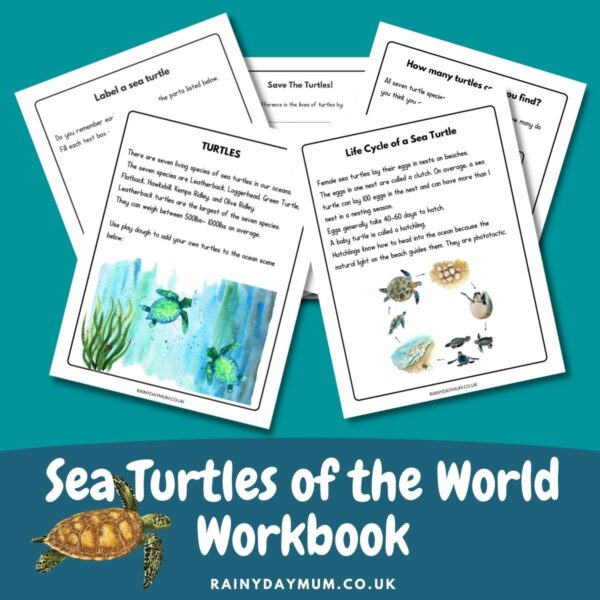
Sea Turtles of the World Workbook
An 8 page workbook for kids to learn about the 7 species of Sea Turtles in the world, with information and activities.
Sea Turtle Books
We have included affiliate links for products and resources we recommend.
Finding good sea turtle books for kids can be difficult but there are a few that I would recommend, today we’ve chosen one that is written by Brenda Z Guiberson called Into the Sea. It follows the lifecycle of the Green Sea Turtle as it emerges from the nest through the perils it faces until many years later she returns to the beach to lay her own nest and starts the cycle again.
I chose this book as it has beautiful illustrations by Alix Berenzy which portray the sea turtle and the world that it inhabits perfectly but it is wonderfully written as well. Brenda has really captured the aspects of the life of a sea turtle without making it too human – like the mother sea turtles tears – which aren’t because she’s leaving her eggs on the beach – she will lay between 2 and 5 clutches in a season – but instead are because she’s removing salt and keeping her eyes free from the sand particles.
It’s not the only Sea Turtle book but my favourite and one that I have read to primary aged children when I have taken classes on a Sea Turtle Conservation mission in their own classroom.
If you are looking to explore more about the life cycle of the sea turtles check out our selection of books about the sea turtle life cycle.
Read about The Animal Book by Lonely Planet Kids ideal for learning about more animals around the world a great addition to your family bookshelf.
Learning about the Sea Turtle Lifecycle
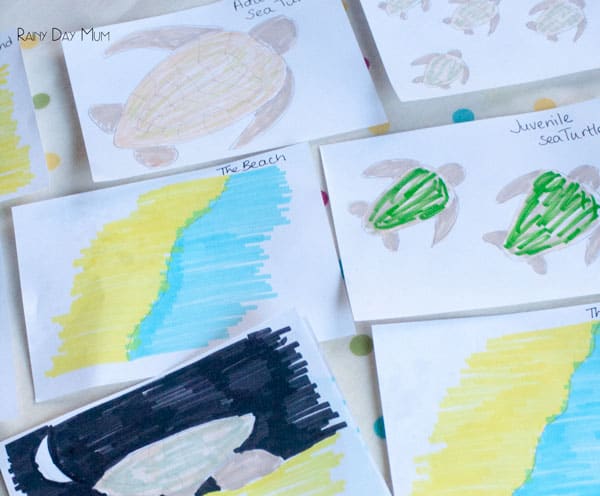
One of the first things that we do after reading the book is look at the lifecycle of the sea turtle and work on ordering the events that happened. This is a favourite activity of mine and works with children from preschool through to high school students. How we talk about the different activities changes. With young children we approach it from a perspective of what is happen, as they got older we talk about the types of threats that they would experience in the different life stages. Those threats that are natural and those threats that are caused by humans. With high school students science is introduced into the life cycle phases – temperature-dependent sex determination of eggs within the nest, migration and use of oceanic currents and what causes them, senses that could be used to trigger the return of the turtles to the beaches that they were hatched from.
If you would like to find out more check out our Sea Turtle Life Cycle Post and you can download and print the sea turtle life cycle pictures that are included there to use with your children.
Read Next: Sea Turtle Workbook for Kids
Threats to Sea Turtles
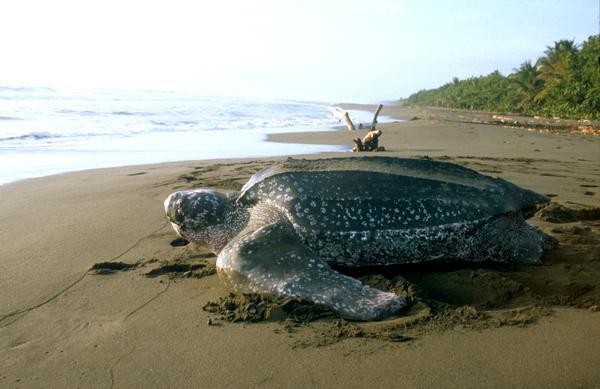
Because there are only 7 species of sea turtle in the world and although some of them have different diets because they are oceanic animals the threats to them are pretty similar. The leatherback turtle has an additional threat in the ocean of direct plastic consumption as plastic bags in the ocean look like Jellyfish. Although the Ridley’s turtles (Olive and Green), as well as the Flatback (Australia’s native species), are also known to eat Jellyfish their diet is more varied as they are omnivores.
A simple activity to do is to brainstorm all of the threats to sea turtes that you and your children can think of – both natural and human and then write them down and then divide them into Natural Threats and Human Threats.
With some children, this is a great way to introduce talking about endangered species and where conservation efforts should be made. For example, in Greece, I worked in two locations the first a rescue centre where 90% of the injuries that we saw were from man. Boat propellers, fishermen harming the turtles and fishing equipment causing damage. Our role there was an education role we tackled the human problem. However, the second work I did was patrolling a beach in a Nature Reserve on the mainland Greece. Loggerhead turtles the main turtles in Greece weren’t really “hunted” or used for “human consumption” so our role wasn’t to prevent that happening instead we kept predators away from the nests. Both human-caused predators – the domestic dog and cats who were wild or more natural predators like crabs and foxes.
In an ideal world, those patrols to prevent natural predators wouldn’t happen – we would let nature take its course but with the human influence the sea turtles are in such an endangered state that protection needs to come from all angles.
Being a Turtle Tracker
Introduce some geography and mix it with science as you and your children become turtle trackers. Around the world marine biologists and conservations are helping to develop the understanding of what happens to sea turtles when they leave the beaches after nesting or on the rare occasion that they see them in the oceans whilst on research vessels.
Tracking devices are attached to the carapace in addition to their tags and from there they are tracked and the data is published for everyone to see. The Sea Turtle Conservancy has active turtles, archives and information about how they track the turtles. Using this data you could explore the migration of different species, different areas of the world it opens up lost of questions as well.
- What would make the turtles head to those locations?
- How do they travel so far without getting tired?
- What about returning?
I like using it on a GIANT scale with a large map and printing off pictures of different species of sea turtles and using coloured string to produce their routes with a focus on 3 or 4 different turtles at a time.
Some Extra Activities for some hands-on learning about Sea Turtle Conservation
You could learn about ocean pollution with this fun activity from Science Sparks.
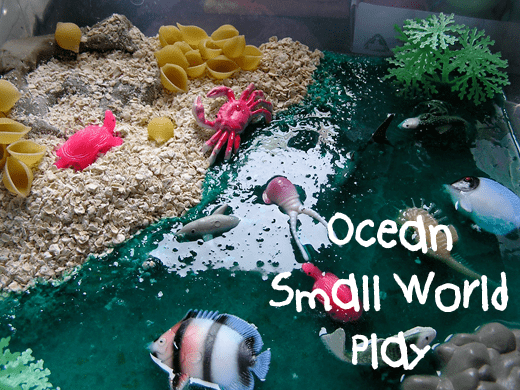
Create a nesting beach sensory tub ideal for younger children.
Produce some clay sea turtles and create your own hatchling display with this guide from Buggy and Buddy.
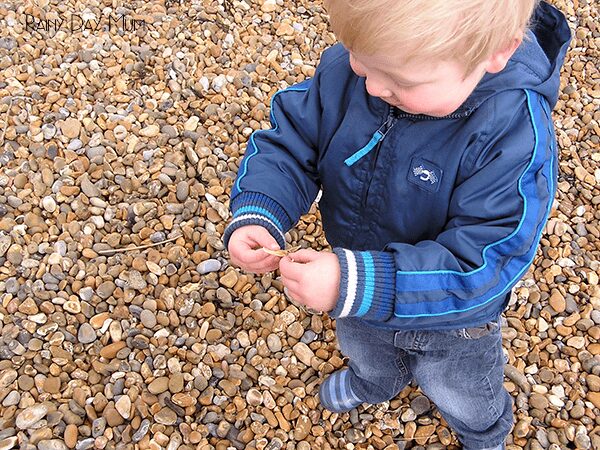
Take a walk along the strandline and see where the pollution that washes up on your local beach comes from.
Watch this old video from my days working with Sea Turtles and you can see the work carried out by Sea Turtle Conservations in a community project in Costa Rica
Find out more about the whole of the Storybook Science Series over on Inspiration Laboratories by clicking on the image below.
Try these other easy Science Experiments to do at Home
Chromatography Experiment – Separating Ink
Exploring Plant Structure with Celery
Seeing how roots grow with beans in a jar experiment
Testing Materials – what makes balls bounce
Energy transfer with a cotton reel car
Viewing the Constellations – with a show box viewer
Exploring how colours are made (no mess experiment using light)

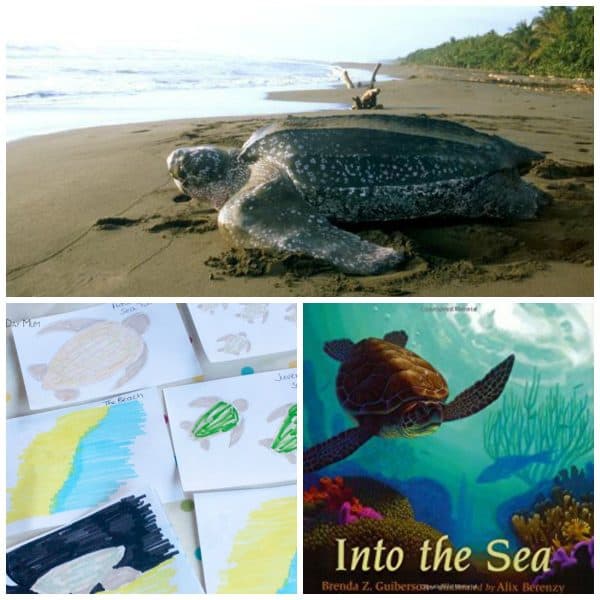
Cerys Parker
Cerys is a marine biologist, environmental educator, teacher, mum, and home educator from the UK. She loves getting creative, whether it is with simple and easy crafts and ideas, activities to make learning fun, or delicious recipes that you and your kids can cook together you'll find them all shared here on Rainy Day Mum.


